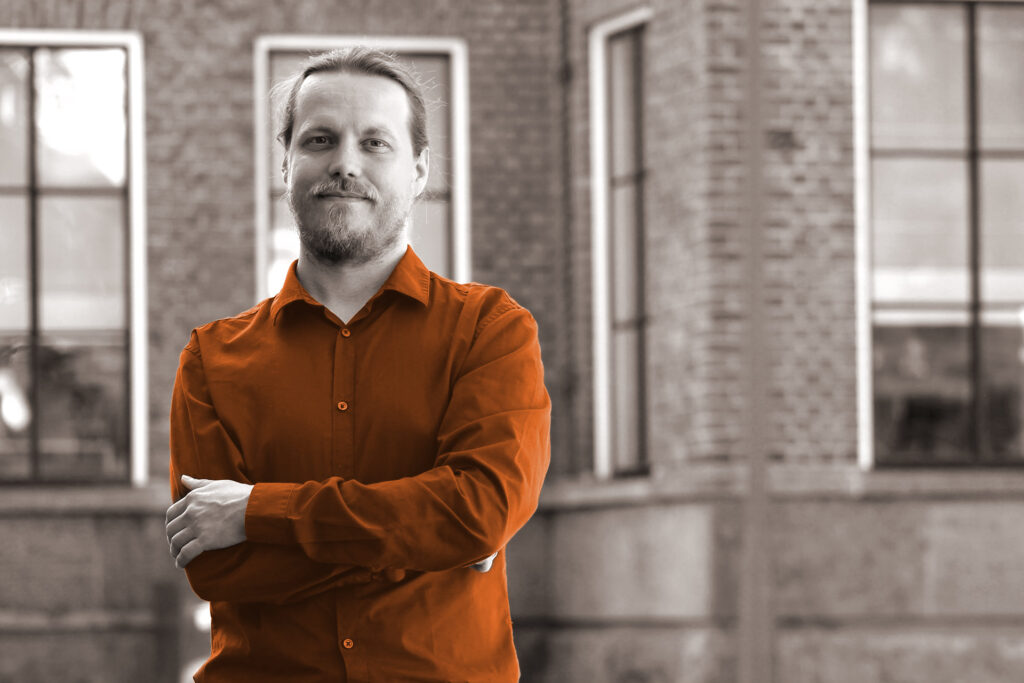PDS migrator team embraces a double challenge: on one hand they want to help users move their data from one place to another. On the other hand, they want the systems to discover where the data went after being moved. Find out more in this interview with Yvo Brevoort!
 Can you briefly introduce yourself?
Can you briefly introduce yourself?
The PDS interop team is currently composed of Auke van Slooten, Ben Peachey and Yvo Brevoort (myself). We are based in Enschede, and together we have been working on open-source web-based solutions and applications for over 20 years. We firmly believe in an open web architecture and open collaboration. In recent years we have been working to improve Solid ecosystem. bringing it to the Nextcloud and the PHP community.
What is your motivation to work in the data portability field?
Data portability is a concept that has an impact on all of us. We all work with data more and more, and nobody wants to be locked in with a single vendor. We believe that everyone needs to be able to control their own data. On the other hand, we also want to be able to experience the richness of applications that are available everywhere. Data portability is central to bringing both these concepts together.
How did you hear about DAPSI and what drove you to apply?
DAPSI aims to overcome challenges that we experience in our own work every day, so we are happy to contribute. Having funding from DAPSI allows us to do more contributions and to do more deep work on overcoming these challenges.
In simple words, what challenge does your project address?
The project aims to reduce the impact of a phenomenon called “link rot”. This is the problem where links on the world wide web stop working because the information was (re)moved, and the user is left with an error with no way forward.
Another challenge that we are solving for is to allow users to freely move around their data from one pod to another, which provides the users with the freedom to choose where their data is stored. This will allow them to change their mind on who to trust with their data, should their current provider come up with new terms and conditions.
What solution are you developing?
We ran into the problem of link rot while we were working on our previous project, which allowed Nextcloud to function as a Solid pod. During our tests, the public Solid community server was moved to a new URL, which meant that a lot of the data we were working with was no longer accessible with no way forward.
We are specifically aiming to solve this problem for data pods (a personal data storage in the Solid ecosystem). First, we want users to be able to move their data from one place to another. Second, we want to introduce a way for systems to discover where the data went after it moved – similar to having your mail forwarded by a postal service. For this to work, we need to draw up specifications on how this work, and help data pod providers to implement this.
What will be the next steps?
We see a future with a rich Solid ecosystem, where users can freely choose where they want to store their data, with true freedom of choice on where their data is stored. Our long-term goal is to bring Solid to a wider community and let the average user work with this fantastic ecosystem. We need to bring down the technical barriers and help to make things that just work for everyone.

